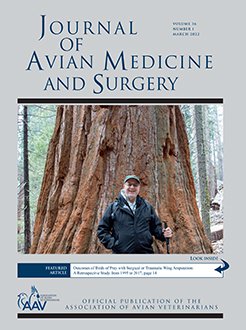EDITORIAL (1)
ORIGINAL STUDIES (5)
RESEARCH BRIEF (1)
CLINICAL REPORTS (5)

No abstract available
No abstract available
No abstract available
No abstract available
No abstract available
No abstract available
No abstract available
